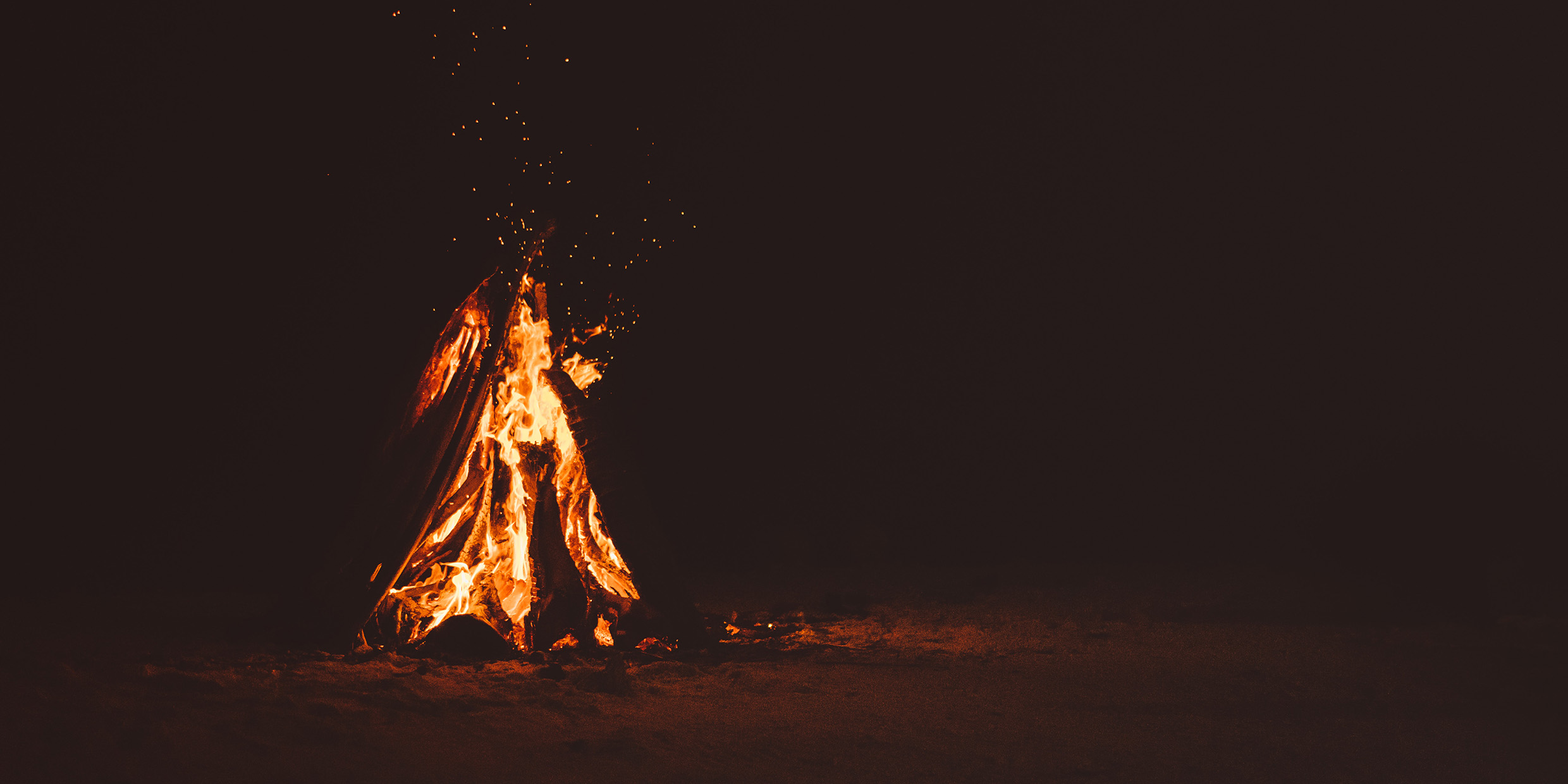Originally published 30 January 1989
From Swartkrans cave in the Transvaal region of South Africa comes news of the earliest known use of fire. In a [Dec. 1988] issue of Nature, archeologists C. K. Brain and A. Sillent, of the Transvaal Museum and University of Cape Town, report the discovery of charred bones more than 1 million years old.
Swartkrans has long been a premier source for fossil evidence of early hominids (the family of primates of which the only survivor is Homo sapiens). The cave has three levels of fossil-bearing rock, distinguished by episodes of erosion. Animal fossils and stone tools throughout the levels suggest that the deposits date between 1 and 1.8 million years of age.
Two different species of hominids apparently inhabited the cave, or were carried to it as prey—Homo erectus, our direct ancestor, and Australopithecus robustus, another branch of the hominid family tree that became extinct about 1 million years ago. The ancestry of these two species of hominids, and the relationship between them in places where they co-existed, is a matter of intense debate among anthropologists. The charred bones at Swartkrans may add a new element to that discussion.
Carbon analysis consistent
One or the other or both of these creatures used fire at Swartkrans. Certain animal bones from the most recent cave deposits appear to have been altered by fire. To ascertain what kind of changes might have been induced by fire, Brain and Sillent subjected the bones of a fresh hartebeest to the temperatures expected from a campfire. A microscopic examination of the freshly charred bones and the fossil bones showed similar changes in structural details.
Chemical analysis of fossil bones from the most recent deposits yielded quantities of carbon consistent with charring; bone from older levels of the cave contained less carbon. Brain and Sillent conclude that fire was not used by the earliest inhabitants of the cave, and therefore date the “discovery of fire” (at Swartkrans) to some time between 1 and 1.5 million years before the present.
Charred bones do not necessarily mean that fire was used for cooking. The bones may have otherwise found their way into fires used for protection or for warmth. Nor does the data acquired at Swartkrans indicate whether it was Homo, or Australopithecus, or both that used fire, although a single specimen of charred bones of Australopithecus hints at less than amicable relations between the species.
A scientific report, such as that of Brains and Sillent, is by protocol cautious and unsensational. But the discovery of fire represents one of the great imaginative milestones on the march of our ancestors toward full humanity. The apparent confirmation of a very early use of fire cannot help but excite speculation.
As far as I know, humans are the only fire-using animal. I’ve heard it said that cheetahs and hawks will position themselves to attack animals fleeing from naturally-occurring fires, and that tarsiers — little primates of Southeast Asia — will sneak into villages at night and grab hot coals from fires, but none of this qualifies as “the discovery of fire.”
Whoever lived at Swartkrans apparently knew how to retrieve fire ignited by volcanoes or lightning, and how to keep it alive. And perhaps the consistent use of fire is as good a criteria as any other for defining that magic moment when hominids can be said to be human.
Keeping home fires burning
What seems certain is that sometime about 1.5 million years ago a clever Promethean ancestor at Swartkrans figured out that glowing coals can be carried from place to place, and that fire is useful — for protection, light, or warmth. It could not have taken long, once campfires were common, to discover that cooked meat tasted good and took less effort to chew, and the fats and protein of meat provided more energy than a vegetable diet. Possibly later came the discover that fire could be used to harden wooden spears or as a controlled ally in hunting.
Previously, conclusive evidence for the use of fire did not go back more than about half-a-million years. Anthropologists ascribed all sorts of cultural significance to fire. The requirement of tending a fire presumably led our ancestors to a more settled lifestyle. The hearth was a place for communal life, and therefore for new kinds of communication — dance, story-telling, and decorative and symbolic arts.
In the most imaginative of these flame-lit scenarios, happy bands of early humans sat next to a fire, swapping yarns, cooing to infants, sharpening spears, sharing tidbits of roasted meat, and taking from the hissing, crackling flame, and from the smoke curling heavenward, new and elaborate ideas about life, death, sex, and immortality.
Now that the discovery of fire has been pushed back another million years, somewhat less edifying scenes can be imagined. At the risk of evoking the scorn of anthropologists, how about this one: A little band of hunters of the species Homo erectus come to the cooking cavern where their fire, tended by the weaker members of the band, is protected from wind and rain. On the menu at one time or another (taking my cue from the bones at Swartkrans) is antelope, zebra, warthog, baboon, and — depending on availability — an occasional Australopithecus robustus (from whom Homo may have diverged only a million years earlier), roasted to perfection, thereby hastening our smaller, less erect, tool-making cousins toward eventual extinction.



